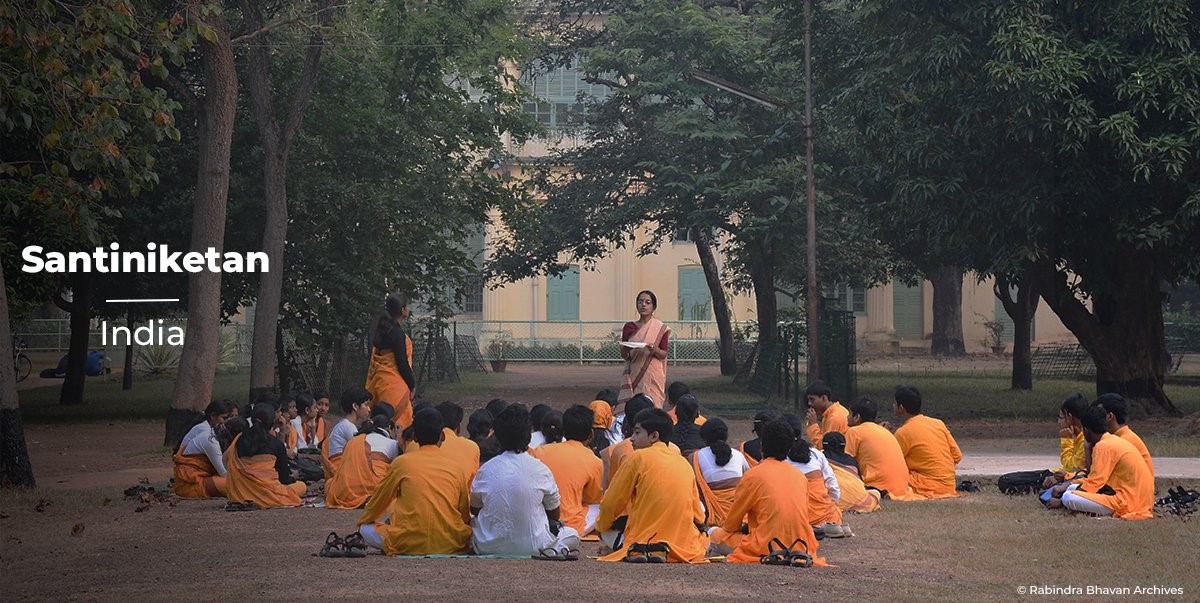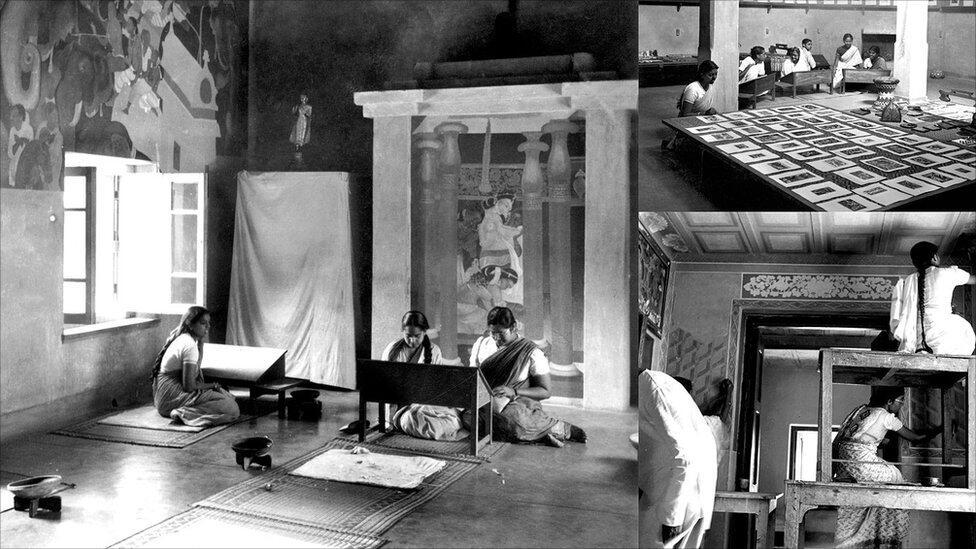What do we know about Santiniketan?
Santiniketan was a school and centre for art. The famous Indian poet and philosopher Rabindranath Tagore started it in 1901. It's located in Bolpur town, West Bengal. In 1921, a university was established in Santiniketan named “Visva Bharati.” Santiniketan became India's 41st UNESCO World Heritage Site.
Rabindranath Tagore's father, Debendranath Tagore, originally established Santiniketan town on the borders of Bolpur. Later, Rabindranath Tagore planned it into a university town and started a school there. At first, it was called 'Brahmacharya Ashram,' and it later became the Visva-Bharati University.

What do we mean by World Heritage Site?

World Heritage Site is a title given to places on our planet that are important because of their history, culture, or nature. These places are added to the UNESCO World Heritage List to keep them safe for the future so that people can visit and learn from them.
These special places can be found worldwide, like the Pyramids of Egypt, the Taj Mahal in India, etc. UNESCO works to find, protect, and save these places.
How many World Heritage Sites are there?
The sites are divided into three types: cultural, natural, and mixed. Cultural sites include historical buildings, famous archaeological sites, etc. Natural sites include natural areas (like the Great Barrier Reef in Australia). Mixed heritage sites include places of both cultural and natural importance.
At the time of writing this, there are 1184 World Heritage Sites on the list. They are divided into 924 cultural sites, 221 natural sites, and 39 mixed sites. In India, there are 42 UNESCO World Heritage Sites, with Sacred Ensembles of Hoysalyas in Karnataka being added to the list.
Have you ever visited a UNESCO World Heritage Site? Tell us in the comments.



